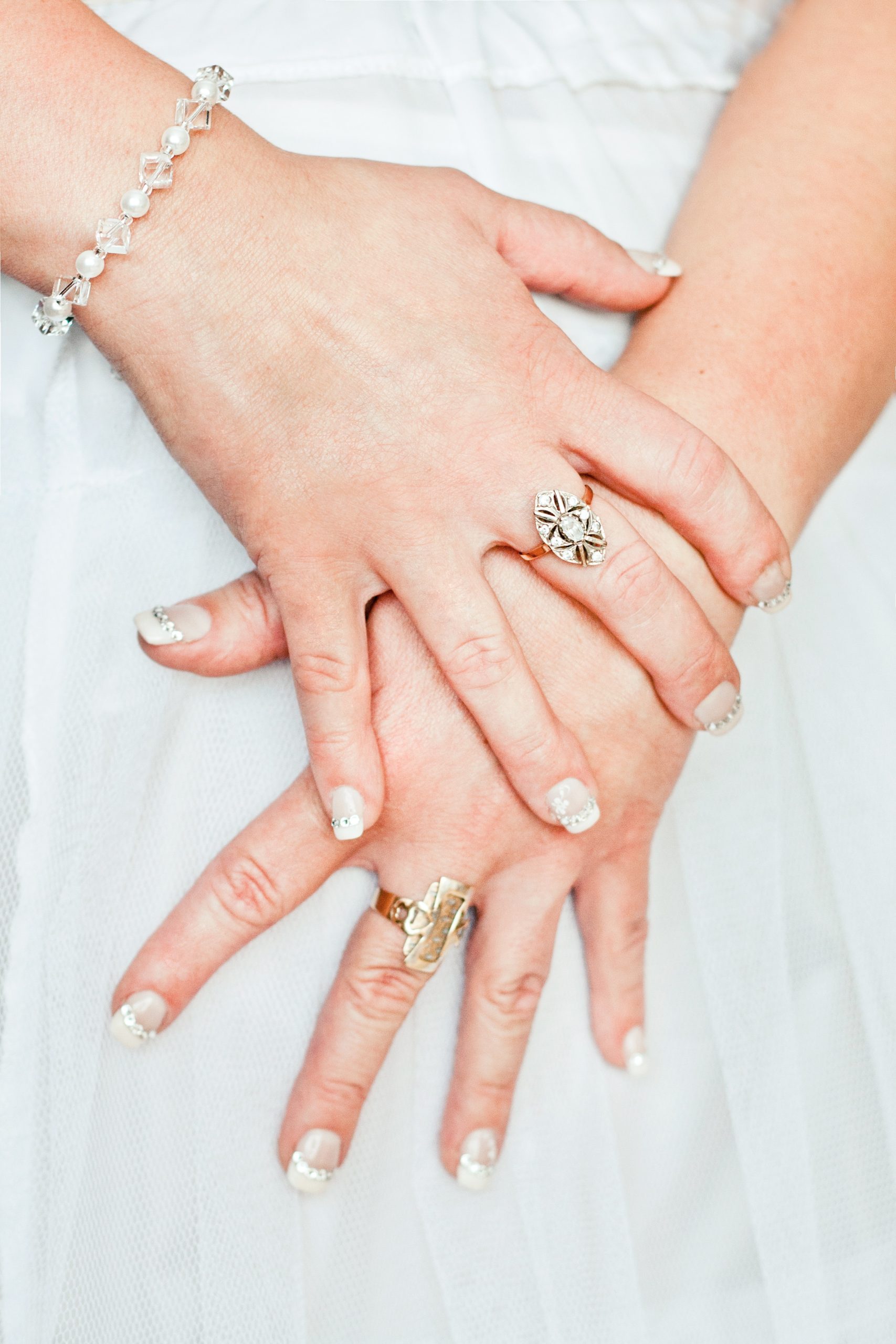
There’s a thrill in tracking down a unique treasure or acquiring artwork that will become a family heirloom, but contemporary buyers should beware. These days, art scams and jewelry scams are rife. If you think it couldn’t happen to you and don’t take the time to learn the facts, there’s a good chance your collecting efforts might go awry.
Do you think you could spot a fake or sniff a scam artist coming? Top art aficionados thought they had struck gold when Glafira Rosales began selling previously unknown works by painters such as Rothko, Pollock, and de Kooning to New York collectors. Later, it came out that every single one of the multi-million dollar paintings was a fake created by her accomplice, Chinese forger Pei-Shen Qian.
If Rosales and Qian were audacious enough to fool the New York art scene elite, you can bet that there are plenty of bad actors out there ready to roll out art scams and jewelry scams on a smaller scale with a big smile on their faces. Of course, this is no reason to avoid investing in spectacular art and exciting jewelry finds. Read on to discover what to look out for in order to protect yourself.
- The Power of the Provenance
The provenance of a precious item describes its chain of custody—from the artist or jewelers studio to the seller presenting the piece today. This crucial paper trail doesn’t only exist for high-profile artworks in the world’s most famous museums, but also valuable treasures making their way through the hands of private collectors.
Within the worlds of art scams and jewelry scams, the term “newly discovered” denotes the forgers playground. Whenever a prized piece of reportedly noble origin appears without any provenance, it’s crucial to approach it with caution, no matter how romantic a tale is told. At the very least, a reputable appraiser, independent of the seller, should be brought in to size up your prize.
Of course, a phony provenance can also provide opportunity for sellers to overinflate value. When an item is described as having belonged to celebrity, royalty, or other persons of great importance, it can make an otherwise un-noteworthy item appear far more desirable than it should. Provenance should always be scrutinized to avoid disappointment.
- Online Art and Jewelry Scams
The rise of online art and jewelry sales provides the perfect opportunity for scam artists to peddle their wares without direct physical scrutiny. Buyers can receive fake imitation goods, or nothing at all as the perpetrators digitally disappear without a trace. In order to avoid this perilous pitfall, steer clear of buying art and jewelry that is priced below retail value—if it seems too good to be true, it probably is.
Watch out for blurry images that may mask low quality items or poorly imitated brush strokes. Confirm quality guarantees, seller location, and returns policy—and in the name of avoiding jewelry scams, confirm that the total carat weight, gemstone quality, and setting style all match up. Finally, make provenance checks, just as you would when buying in person.
- Sellers Avoiding Scrutiny Or a Paper Trail Are a Red Flag
Those selling authentic goods should have no concerns over making your transaction official. If a local seller seeks payment by money order or in cash, it’s time to raise the alarm—particularly ahead of a meeting in person, as this interaction may never happen if they intend to make off with your cash without providing what was promised.
Not only antique and vintage items, but new precious jewelry creations should have accessible proof of provenance for you to scrutinize. Contemporary tech is increasingly allowing buyers to protect themselves, as gemstones and precious metals are documented via blockchain so their history cannot be altered. The temptation to take the plunge on a desirable item can be great when it seems as if you’ve found something extraordinary, but it is better to save money and heart break, approaching every purchase with a focused and suspicious eye.
Do you suspect you are a victim of an art scam or jewelry scam? If so, Lauth Investigations International can help. With extensive experience within the realms of art and jewelry theft and tracking the perpetrators of fraud and forgery, we have just the skillset required to find those responsible and ensure justice on your behalf. To learn more, reach out to our team today for a no-commitment consultation.



